GOV'T ON ALERT OVER RESURGENCE
입력 2021.11.18 (15:16)
수정 2021.11.18 (16:46)
읽어주기 기능은 크롬기반의
브라우저에서만 사용하실 수 있습니다.
[Anchor Lead]
More than 3,000 new COVID-19 cases were reported today for two days straight. The number of critically ill patients went past 500 to reach the dangerous level. Authorities have decided to assess the risk indicators every week to determine whether to relax the disease control regulations ever further to return to normal or to stop everything and go into emergency mode.
[Pkg]
The COVID-19 risk assessment consists of three parts – weekly assessment summarizing a week’s situation, level assessment that analyzes the situation over a four week period, and emergency assessment that determines whether emergency plans should be implemented. Seventeen indicators, including the number of cases, will be used in these assessments, but five of them will be the key indicators. Those include the ICU bed occupancy rate, the number of critically ill cases, ratio of ICU beds to the number of cases, percentage of patients 60 or older, and booster vaccination rate for the elderly and high-risk groups. An emergency assessment starts when the nationwide ICU bed occupancy rate exceeds 75% or when the risk level is high.
[Soundbite] Jeong Eun-kyeong(Director, KDCA) : "Risk levels and countermeasure plans will be reviewed in an emergency assessment to determine if the emergency plan should be implemented."
The risk assessment is divided into five levels, from “very low” to “very high.” The risk level last week was “medium” for the capital region and “very low” for other areas. ICU beds are quickly filling up, but authorities concluded that enough beds are still available nationwide. The government emphasized it will not consider activating an emergency plan prematurely with only one indicator.
[Soundbite] Jeong Eun-kyeong(Director, KDCA) : "Key indicators will be central to the assessment, but opinions of health officials and medical experts will be incorporated in the final decision."
After consulting with medical experts, the government will make the final decision on whether to keep relaxing disease control measures or to toughen the measures and go into emergency mode.
More than 3,000 new COVID-19 cases were reported today for two days straight. The number of critically ill patients went past 500 to reach the dangerous level. Authorities have decided to assess the risk indicators every week to determine whether to relax the disease control regulations ever further to return to normal or to stop everything and go into emergency mode.
[Pkg]
The COVID-19 risk assessment consists of three parts – weekly assessment summarizing a week’s situation, level assessment that analyzes the situation over a four week period, and emergency assessment that determines whether emergency plans should be implemented. Seventeen indicators, including the number of cases, will be used in these assessments, but five of them will be the key indicators. Those include the ICU bed occupancy rate, the number of critically ill cases, ratio of ICU beds to the number of cases, percentage of patients 60 or older, and booster vaccination rate for the elderly and high-risk groups. An emergency assessment starts when the nationwide ICU bed occupancy rate exceeds 75% or when the risk level is high.
[Soundbite] Jeong Eun-kyeong(Director, KDCA) : "Risk levels and countermeasure plans will be reviewed in an emergency assessment to determine if the emergency plan should be implemented."
The risk assessment is divided into five levels, from “very low” to “very high.” The risk level last week was “medium” for the capital region and “very low” for other areas. ICU beds are quickly filling up, but authorities concluded that enough beds are still available nationwide. The government emphasized it will not consider activating an emergency plan prematurely with only one indicator.
[Soundbite] Jeong Eun-kyeong(Director, KDCA) : "Key indicators will be central to the assessment, but opinions of health officials and medical experts will be incorporated in the final decision."
After consulting with medical experts, the government will make the final decision on whether to keep relaxing disease control measures or to toughen the measures and go into emergency mode.
■ 제보하기
▷ 카카오톡 : 'KBS제보' 검색, 채널 추가
▷ 전화 : 02-781-1234, 4444
▷ 이메일 : kbs1234@kbs.co.kr
▷ 유튜브, 네이버, 카카오에서도 KBS뉴스를 구독해주세요!
- GOV'T ON ALERT OVER RESURGENCE
-
- 입력 2021-11-18 15:16:29
- 수정2021-11-18 16:46:24
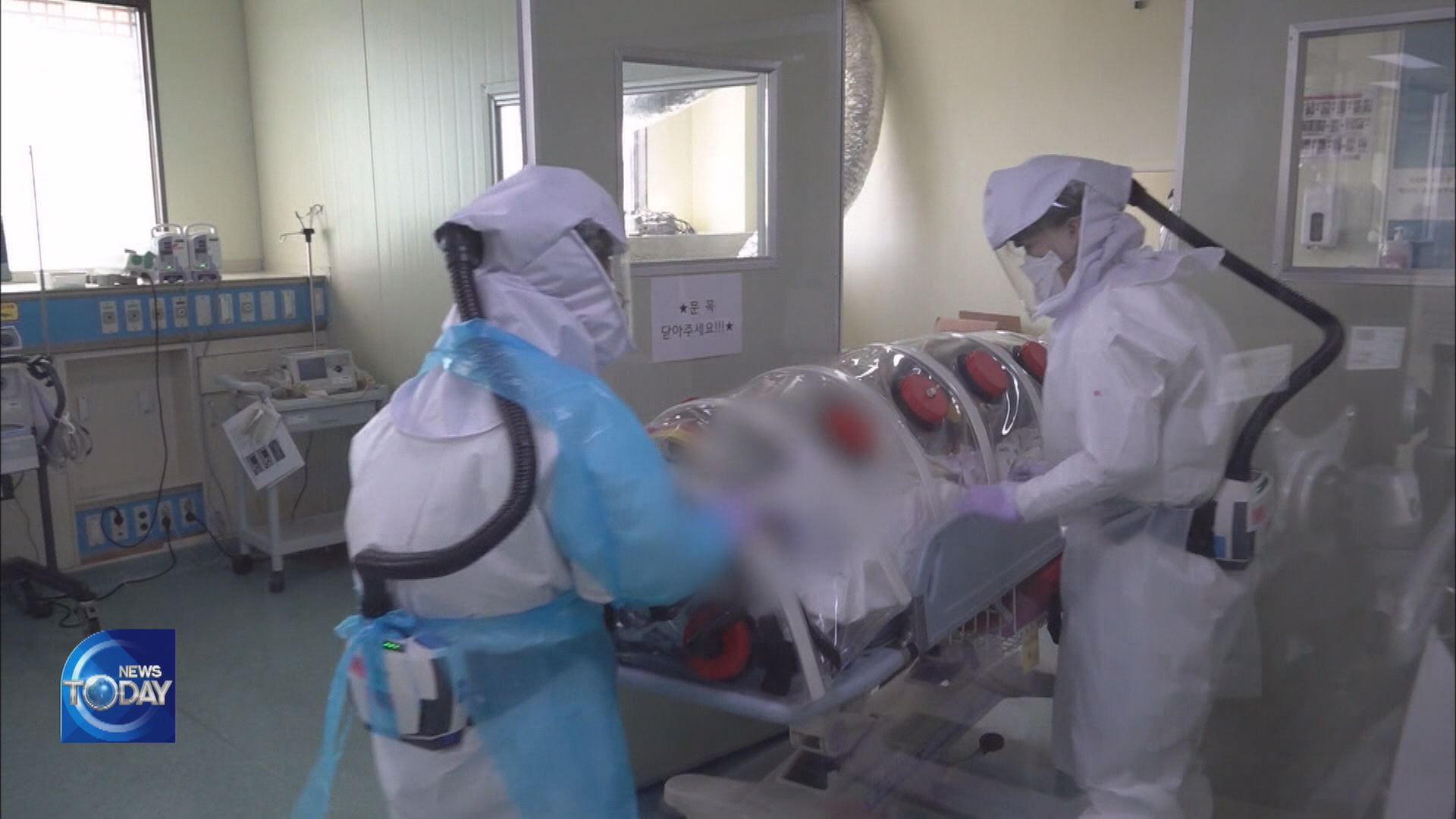
[Anchor Lead]
More than 3,000 new COVID-19 cases were reported today for two days straight. The number of critically ill patients went past 500 to reach the dangerous level. Authorities have decided to assess the risk indicators every week to determine whether to relax the disease control regulations ever further to return to normal or to stop everything and go into emergency mode.
[Pkg]
The COVID-19 risk assessment consists of three parts – weekly assessment summarizing a week’s situation, level assessment that analyzes the situation over a four week period, and emergency assessment that determines whether emergency plans should be implemented. Seventeen indicators, including the number of cases, will be used in these assessments, but five of them will be the key indicators. Those include the ICU bed occupancy rate, the number of critically ill cases, ratio of ICU beds to the number of cases, percentage of patients 60 or older, and booster vaccination rate for the elderly and high-risk groups. An emergency assessment starts when the nationwide ICU bed occupancy rate exceeds 75% or when the risk level is high.
[Soundbite] Jeong Eun-kyeong(Director, KDCA) : "Risk levels and countermeasure plans will be reviewed in an emergency assessment to determine if the emergency plan should be implemented."
The risk assessment is divided into five levels, from “very low” to “very high.” The risk level last week was “medium” for the capital region and “very low” for other areas. ICU beds are quickly filling up, but authorities concluded that enough beds are still available nationwide. The government emphasized it will not consider activating an emergency plan prematurely with only one indicator.
[Soundbite] Jeong Eun-kyeong(Director, KDCA) : "Key indicators will be central to the assessment, but opinions of health officials and medical experts will be incorporated in the final decision."
After consulting with medical experts, the government will make the final decision on whether to keep relaxing disease control measures or to toughen the measures and go into emergency mode.
More than 3,000 new COVID-19 cases were reported today for two days straight. The number of critically ill patients went past 500 to reach the dangerous level. Authorities have decided to assess the risk indicators every week to determine whether to relax the disease control regulations ever further to return to normal or to stop everything and go into emergency mode.
[Pkg]
The COVID-19 risk assessment consists of three parts – weekly assessment summarizing a week’s situation, level assessment that analyzes the situation over a four week period, and emergency assessment that determines whether emergency plans should be implemented. Seventeen indicators, including the number of cases, will be used in these assessments, but five of them will be the key indicators. Those include the ICU bed occupancy rate, the number of critically ill cases, ratio of ICU beds to the number of cases, percentage of patients 60 or older, and booster vaccination rate for the elderly and high-risk groups. An emergency assessment starts when the nationwide ICU bed occupancy rate exceeds 75% or when the risk level is high.
[Soundbite] Jeong Eun-kyeong(Director, KDCA) : "Risk levels and countermeasure plans will be reviewed in an emergency assessment to determine if the emergency plan should be implemented."
The risk assessment is divided into five levels, from “very low” to “very high.” The risk level last week was “medium” for the capital region and “very low” for other areas. ICU beds are quickly filling up, but authorities concluded that enough beds are still available nationwide. The government emphasized it will not consider activating an emergency plan prematurely with only one indicator.
[Soundbite] Jeong Eun-kyeong(Director, KDCA) : "Key indicators will be central to the assessment, but opinions of health officials and medical experts will be incorporated in the final decision."
After consulting with medical experts, the government will make the final decision on whether to keep relaxing disease control measures or to toughen the measures and go into emergency mode.
이 기사가 좋으셨다면
-
좋아요
0
-
응원해요
0
-
후속 원해요
0










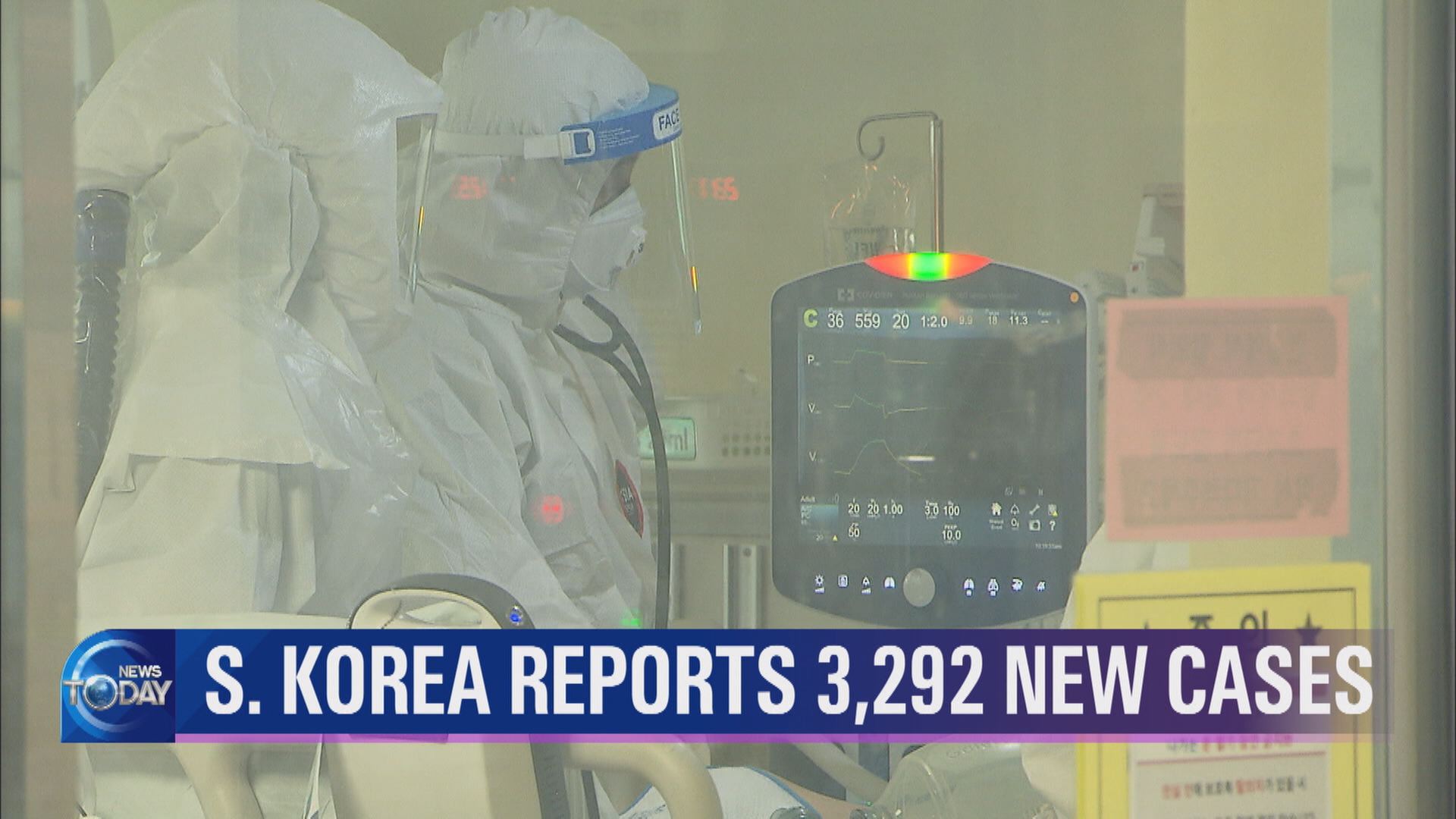
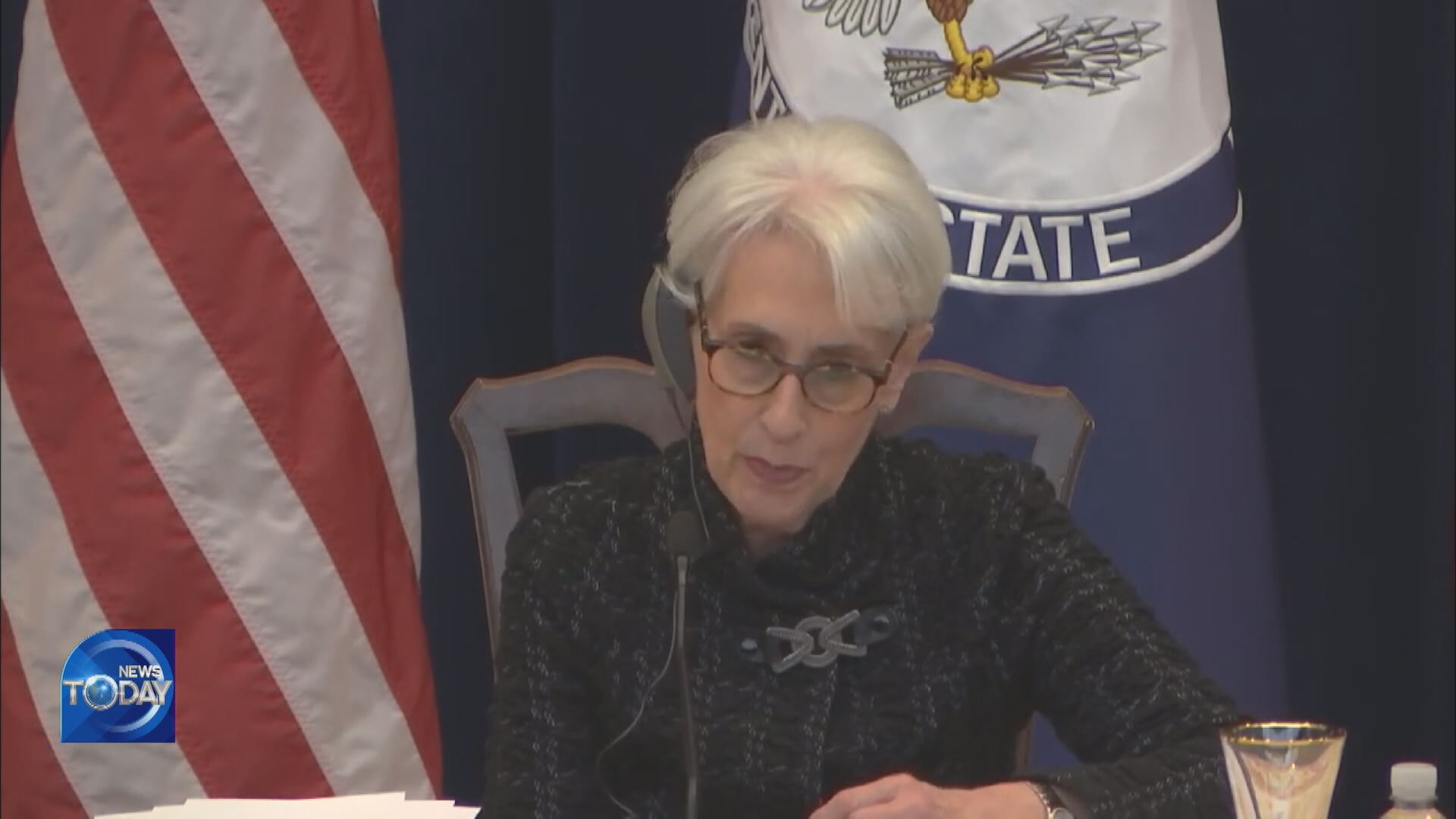
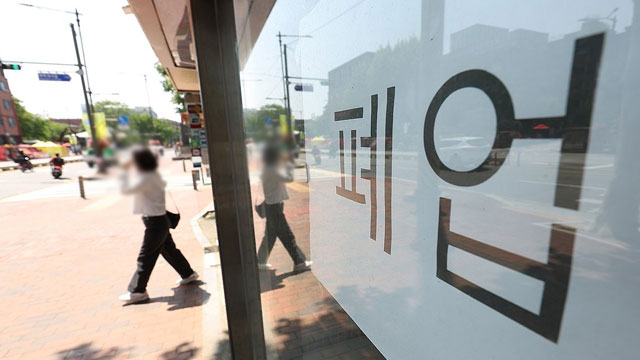
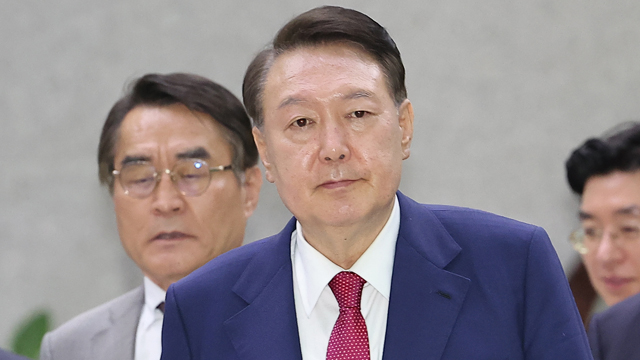

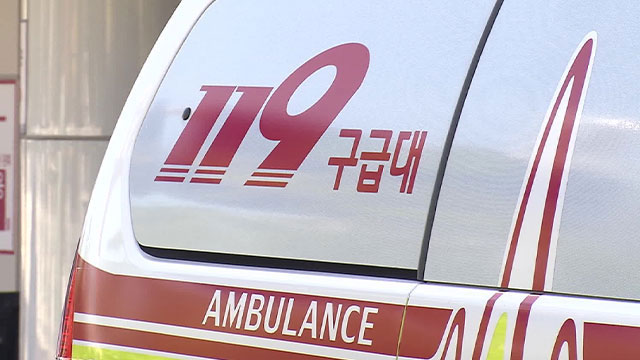

이 기사에 대한 의견을 남겨주세요.